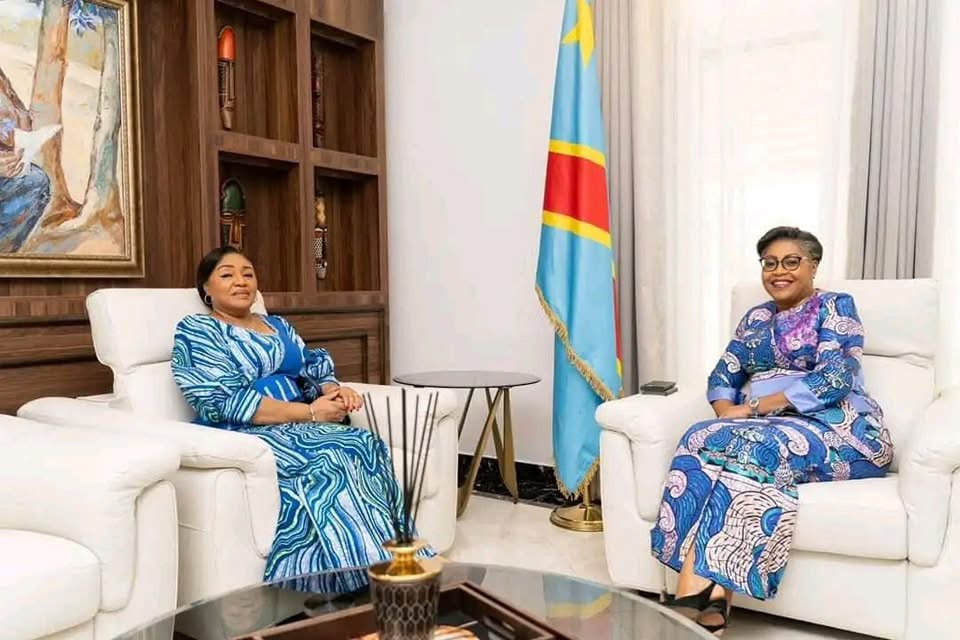Kitengi (also spelled kitenge) was introduced to the Democratic Republic of Congo (DRC) in the late 19th to early 20th century through trade and colonial influences. The fabric’s origins trace back to Indonesian batik, which was brought to Africa by Dutch traders. Kitengi became popular in the DRC, especially during the Belgian colonial period (1908–1960), as it was embraced by local communities for its vibrant patterns and cultural significance. Over time, it evolved into a symbol of identity, fashion, and communication in Congolese society.

Kitenge in (DRC) it is a powerful expression of culture, identity, and tradition. Worn by men, women, and children, Kitengi is a staple of everyday life, used in clothing, ceremonies, and even communication. Its vibrant colors and intricate patterns tell stories, represent social status, and celebrate the rich heritage of Congolese culture. In the DRC, Kitengi is deeply woven into the cultural fabric of society. The prints and colors chosen often carry special meanings, representing a person’s background, tribe, or even marital status. Certain patterns are associated with specific regions or communities, making Kitengi a visual language that connects people to their roots as , A Symbol of Identity and Pride

Kitengi is used to create a wide range of clothing, from elegant dresses and skirts to tailored suits and headwraps. It is commonly worn at weddings, religious gatherings, and political events, symbolizing respect and cultural pride. While traditionally sewn into loose-fitting garments, modern Congolese fashion designers have incorporated Kitengi into stylish, contemporary designs, blending heritage with modernity in Traditional and Modern Fashion .

Beyond clothing, Kitengi is used for practical purposes in daily life. Women use it as a baby carrier, tying it around their backs to hold infants securely. It is also used as a headscarf, tablecloth, or even a market bag, demonstrating its versatility.Kitenge in Everyday Life
Kitengi as a Means of CommunicationOne unique aspect of Kitengi is its ability to convey messages. Some prints are named after proverbs, social values, or political movements. For example, a woman may wear a Kitengi with a pattern symbolizing strength and independence, or a couple might wear matching Kitengi to signify unity in marriage.





